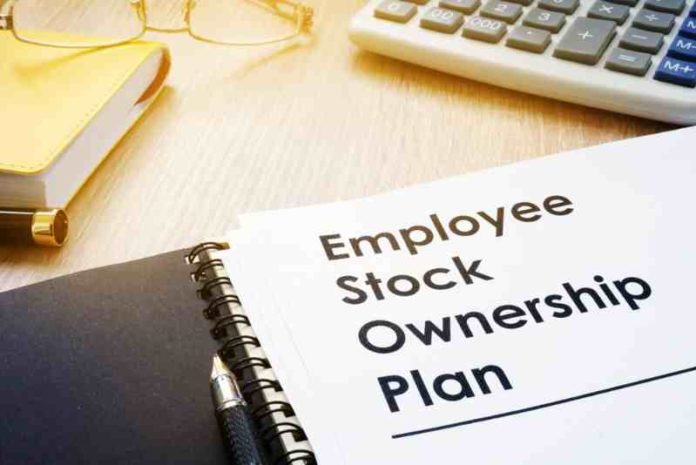By Jack Ogilvie
Most small- to mid-sized businesses have limited exit potential. These companies are often started based on the realized market opportunities by founding members, and the company creates a solution to capture these opportunities. Over time and with experience and continued exposure, the business grows, and eventually the owner has a nice sized, healthy, and profitable company.
Falsely, an owner assumes that an exit will be as simple as deciding to sell the company, and that the offer will be fair.
Why is this? Because big exits are sensationalized in the news, and this is all that’s really discussed. Look no further than Inc or Fortune to see the latest Silicon Valley tech unicorn company that sold for 4-6X annual revenue, all while losing money and being unprofitable. It’s fair to then assume that a privately held and profitable company can produce similar, correct?
Unfortunately for small business owners, this is not the case. What usually happens is the following: The owner starts the company, the company grows, and within the first 7-10 years, a few acquisition offers show up. These offers aren’t usually that great (or the owner would have likely taken one), and the owner gets a tough lesson in the valuation of small companies. Look no further than the “entrepreneur” as well as “start-ups” categories on HomeBusinessMag.com to see what it takes to build a company.
For sake of example, assume you built a digital marketing agency. This is a realistic example, given this industry is hot right now and shows no sign of slowing down. It’s also easy to start this as a solo practitioner and then build a company around it (thus, easy to transition out of a corporate job). Finally, the skills from past career are directly transferrable, and overhead to start this is low (laptop, cell phone, etc.).
The company builds a strong client base over the course of the first seven years and grows to 16 full-time employees with 45 clients, and a recurring revenue stream of $2 million annually. If acquired, this company would realistically sell for $1.2 – $1.6M, which is a far cry from the 10X multiples seen in Silicon Valley. Wouldn’t it be amazing to sell this company for 10x, and to receive $20 million?
The lesson is as follows: A company is worth what an acquirer is willing to pay, and the fact of the matter is that small- to mid-sized companies have limited offers. Maybe a company gets an offer every 2-3 years? How often will you receive multiple offers?
Additionally, small companies are risky to outside acquirers. The acquirer is likely going to merge the company into his/her business, and so culture is going to change, clients are going to receive notice and may terminate, some employees will leave, and the long and short is that all of this adds up to a risky business.
What if there was a way to reduce that risk, though?
What if there was a way to preserve the company’s culture, keep all of the employees and all of the company’s clients, and actually increase company morale and improve performance by paying employees more without costing the business more?
What would this do to the company’s valuation?
It turns out that selling to an ESOP, or an employee stock ownership plan, is designed to do just this. Selling to an ESOP will preserve company culture and increase productivity, which ultimately ensures strong future company performance.
This reduction in risk can take the above $2M digital marketing agency that would sell for $1.2-1.6M, and instead enable it to sell for $3.5-4M+.
Sure, you’re not getting the Silicon Valley exit multiples of 4-6x revenue, but the reality for company owners is that this just is not realistic. What IS realistic is an exit of 0.5-1X revenue, if selling to a third party. And, as part of that acquisition, expect at least half of the sale proceeds to be tied to what is called an earn out, which is a way for the acquirer to ensure delivery of the goods. It is very common for owners to burn out during long earn out periods, and it’s not hard to imagine why.
How does an ESOP work?
The short answer is, if you have a profitable company and a culture that is worth being a part of, as well as a small and functioning management team, then you have a company that is worth owning, particularly by your employees. In an ESOP transaction, owners are essentially selling stock, whether some or all, to employees. Employees get to participate in company profits now, which is significant financially, and you the owner get partial or full liquidity.
Often these transactions are underwritten by banks, which prefer to lend to ESOPs due to the record-low default rates on loans.
Jack Ogilvie is a founding member of Legacy Press Ventures. After selling his previous company, Techwood Consulting, to an ESOP, Jack started Legacy Press to help others do the same. You can learn more about his company by visiting https://www.esopLPV.com.
Learning the full details of ESOPs and how they work can be explored by checking out Legacy Press Ventures, a company so passionate about ESOPs that after selling their company to one, they created Legacy Press to share this same amazing opportunity with the rest of the business world. Visit https://www.esopLPV.com to read detailed blog posts explaining more about ESOPs, as well as to learn more about Legacy Press Ventures.
ESOP stock photo by designer491/Shutterstock







